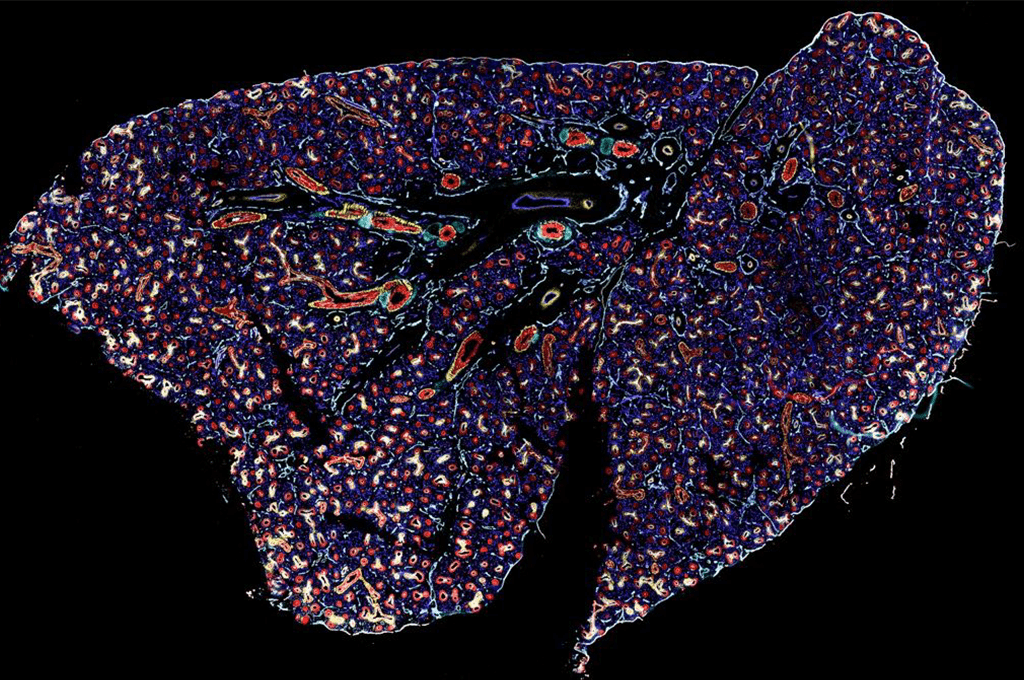A ’supergene’ underlies genetic differences in testosteron levels and sexual behaviour in male ruff
The ruff is a Eurasian shorebird that has a spectacular lekking behaviour where highly ornamented males compete for females. Whole genome sequencing has now revealed that males with alternative reproductive strategies carry a chromosomal rearrangement that has been maintained as a balanced genetic polymorphism for about 4 million years. The chromosomal rearrangement (an inversion) has resulted in a ‘supergene” comprising a block of about 90 genes.
There are three different types of ruff males (see accompanying video). ‘Independent’ males show colourful ruffs and head tufts and fight vigorously for territories during the lek. ‘Satellite’ males are slightly smaller than Independents, do not defend territories and have white ruffs and head tufts. ‘Faeder’ males mimic females by their small size and lack of ornamental feathers, they do not defend territory. The Independent and Satellite males show a remarkable interaction where the Satellite males allow Independents to dominate them on the leks. Both Independents and Satellites benefit from the interaction because it increases their mating success by attracting females that are ready to mate. Faeder males also have a chance to mate with females when other males are occupied with male-male interactions.
Previous studies have indicated that these remarkable differences between male morphs are under strict genetic control and are determined by a single genetic region. How can such complex differences in behaviour, size and plumage have a simple genetic basis? To shed light on this enigma the entire genome from Independent, Satellite and Faeder males were sequenced. This revealed that both Satellite and Faeder males carry a ‘supergene’ which is not a gene with superpower but a cluster of about 90 genes kept together by a chromosomal inversion which means that there is no genetic exchange between the three different variants.
The sequence difference between the chromosome variants is as large as 1.4 percent that is higher than the average sequence difference between human and chimpanzee chromosomes! The data imply that the inversion happened about 4 million years ago. The Satellite and Faeder male morphs are the result of an evolutionary process over million of years and involve many genetic changes among the 90 genes in this ‘supergene’. The ‘supergene’ contains five genes that have a role in the metabolism of steroid hormones. One of these, HSD17B2, codes for an enzyme that converts active testosterone to a more inactive form. Independents have a significantly higher level of testosterone than Satellite and Faeder males and an altered regulation may partially explain this difference and the altered behaviour.
Why has this fascinating difference in male reproductive strategies evolved? Fighting over territories and females is both energetically costly and risky. This created an opportunity for the evolution of alternative male mating strategies in which males spend less energy on fighting. This evolutionary process probably started with the occurrence of the inversion about 4 million years ago. The inversion may have altered the regulation of one or more genes affecting the metabolism of sex hormones and this created a primitive alternative male morph, which has been further improved step by step by the accumulation of many genetic changes.
Accompanying video:
The video above demonstrates ruff male reproductive strategies at a lek in Karesuando, Sweden. Video clip based on a production from NHK, the Japanese Broadcasting Company.
Reference
Lamichhaney et al. (2015) Structural genomic changes underlie alternative reproductive strategies in the ruff (Philomachus pugnax). Nature Genetics in press.
Contact:
Leif Andersson, Leif.Andersson@imbim.uu.se




